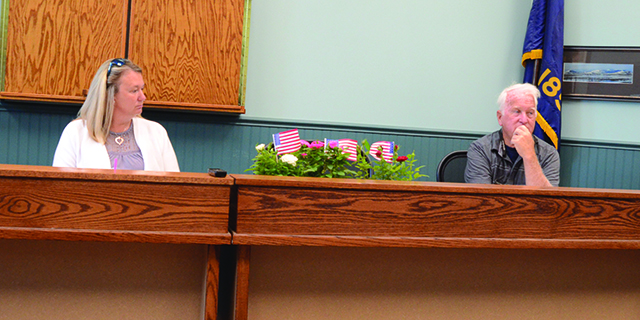Ag research a worthy undertaking
Published 10:58 am Tuesday, March 8, 2016
In 1633 the science was settled, at least as far as the Vatican was concerned. The earth was the center of the universe, with the sun, the planets and all other heavenly bodies revolving around it.
Galileo, the most noted scientist of his day, had known for years from his own calculations and observations that the earth along with the other planets spin around the sun, and had written as much.
Trending
But now, faced with a potential verdict of heresy from the Roman Inquisition and the prospect of being burned at the stake, he was forced to recant and adopt the earth-centric view of the cosmos.
Popular legend holds that Galileo delivered a convincing argument for a stationary earth, then muttered under his breath, “eppur si muove” — and yet it moves. So much for settled science.
We owe everything to those who buck conventional wisdom and disprove what everyone already knows. While it’s not often someone like Galileo comes along who turns church and state on their ear, there are thousands of researchers who make discoveries that can make a huge difference to a particular field.
Richard Haney is an example.
Haney is a soil scientist with the USDA Agricultural Research Service’s Grassland Soil and Water Research Laboratory in Temple, Texas, who has developed an innovative approach to testing agricultural soils that shows U.S. producers have been applying too much fertilizer, especially nitrogen, to their crops.
He devised the first method to measure the amount of organic nitrogen and phosphate in soil that will be available for a plant to utilize. Prior tests have missed plant-available organic phosphate and nitrogen, leading producers to overestimate the amount of supplemental fertilizer necessary to raise a crop.
Trending
“It turns out all of these years we’ve been measuring one form of nitrogen, which is inorganic, and we’ve been missing about half of what’s there,” Haney said.
That’s a pretty big deal for farmers, who pay a lot of money for crop inputs each year.
“I can’t tell you the number of farmers I get who are mad,” Haney said. “They’ve been over-fertilizing for their whole careers, and they feel like they’ve been duped.”
There’s a lot of work being done that could eventually lead to technology or techniques that will save producers money and increase their productivity and profits.
All of our civilization’s advances have come from people who challenge the status quo, the settled science of the day. But the work isn’t cheap, and it needs a patron who will fund the research no matter where it leads, what scientific conventions are queried or upended.
While we are not fans of big government, this is one area where we think the people’s money is well spent.
We cannot afford for science — whether something simple such as soil tests, or as complex as climate change — to be settled. It must move.









